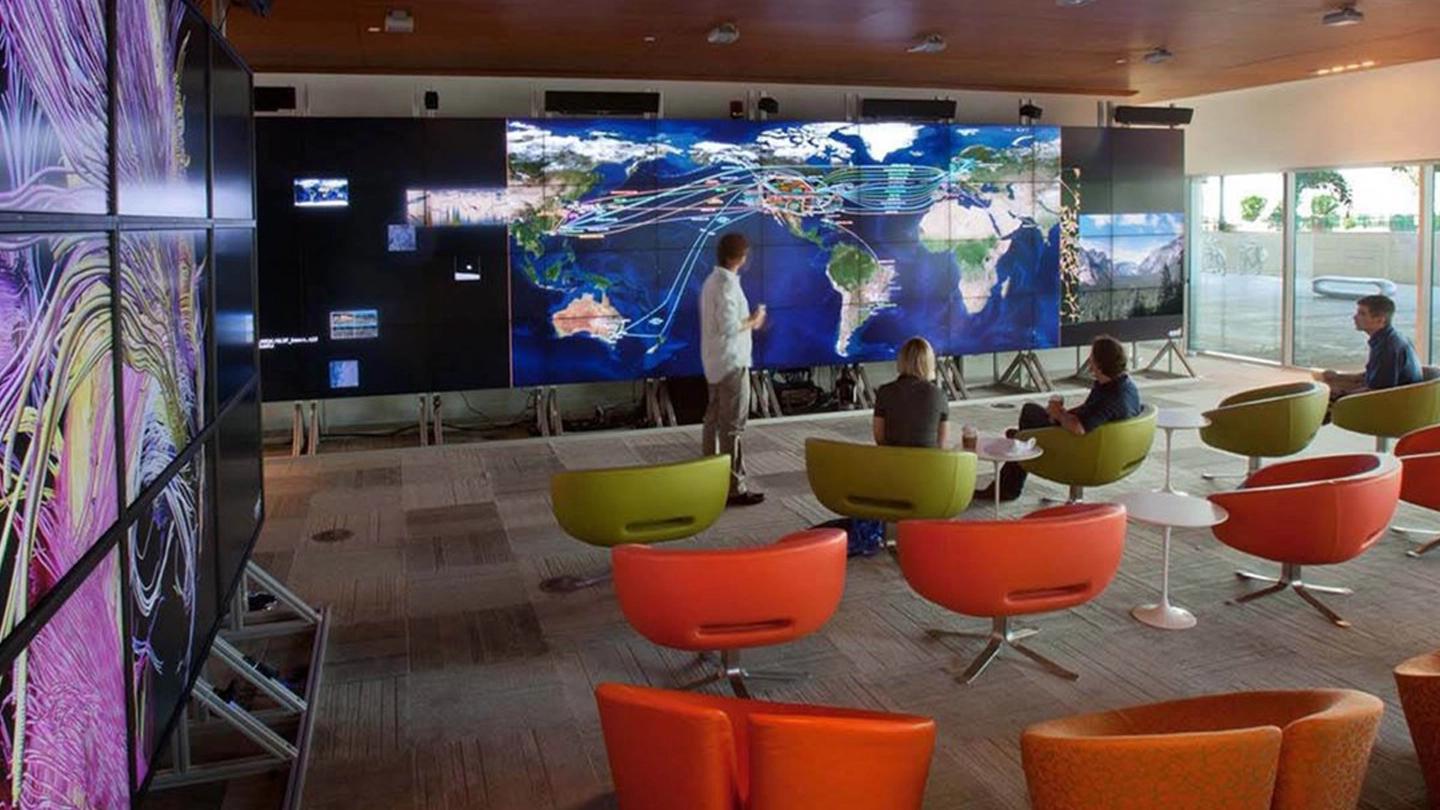
Visual Computing Center
The KAUST Visual Computing Center (VCC) tackles high impact research problems in the areas of computer vision, computer graphics, visualization, and machine learning.
About the Visual Computing Research Center
The Visual Computing Center (VCC) at KAUST is a dynamic research hub driving innovation across multiple disciplines. We tackle the full spectrum of visual computing, from developing cutting-edge imaging devices to creating advanced visualization tools, and cultivate a culture of innovation, collaboration, and excellence. We empower students, postdocs and researchers to become future leaders in Visual Computing, shaping the future of technology and its impact on society.
Our unique "pipeline approach" fosters collaboration between experts in computer science, electrical engineering, mechanical engineering and applied mathematics. This interdisciplinary environment enables us to develop holistic solutions for complex problems, pushing the boundaries of Visual Computing research.

Research Focus Areas
• Computer Vision
• Computer Graphics
• Visualization
• Machine Learning







